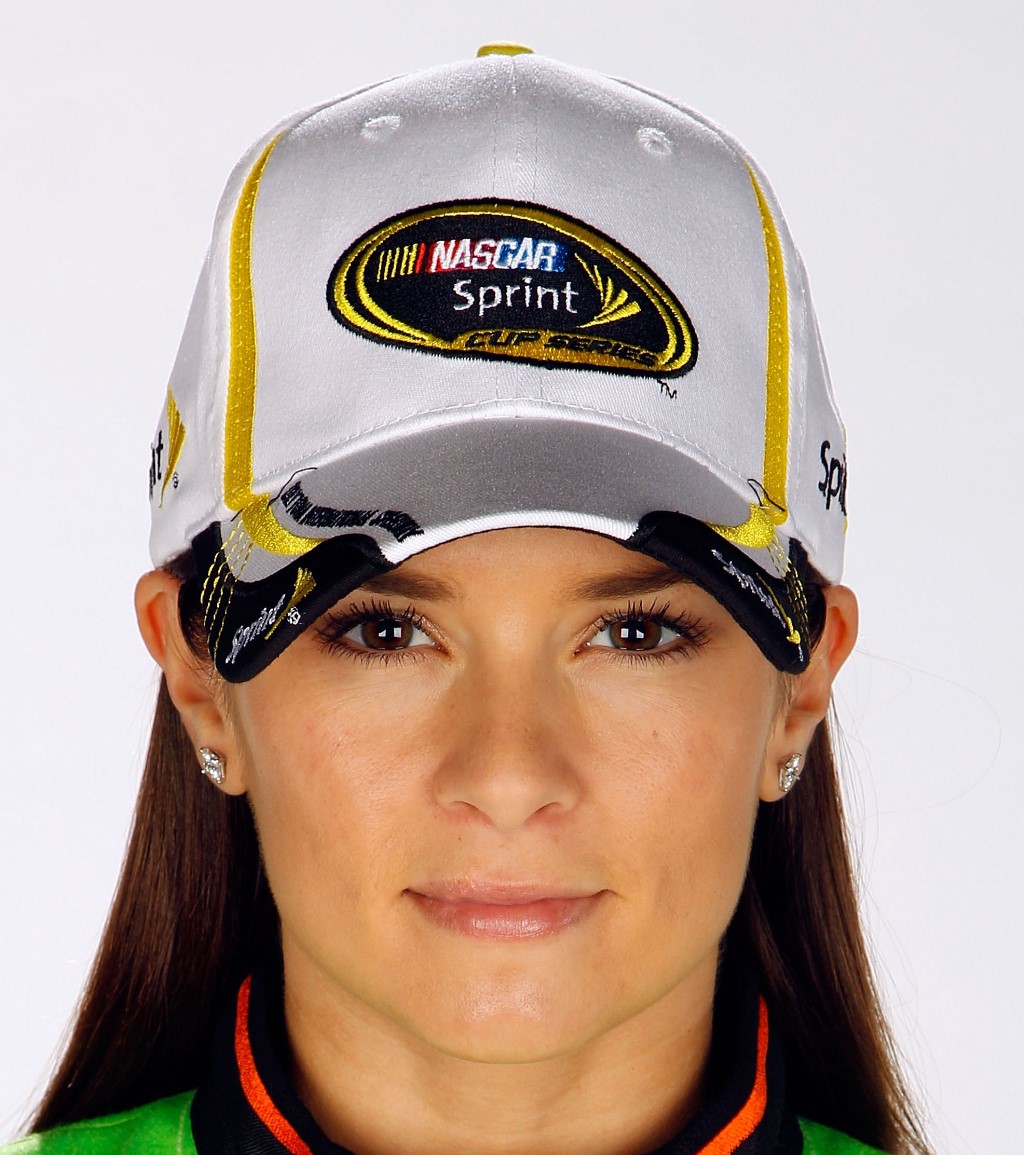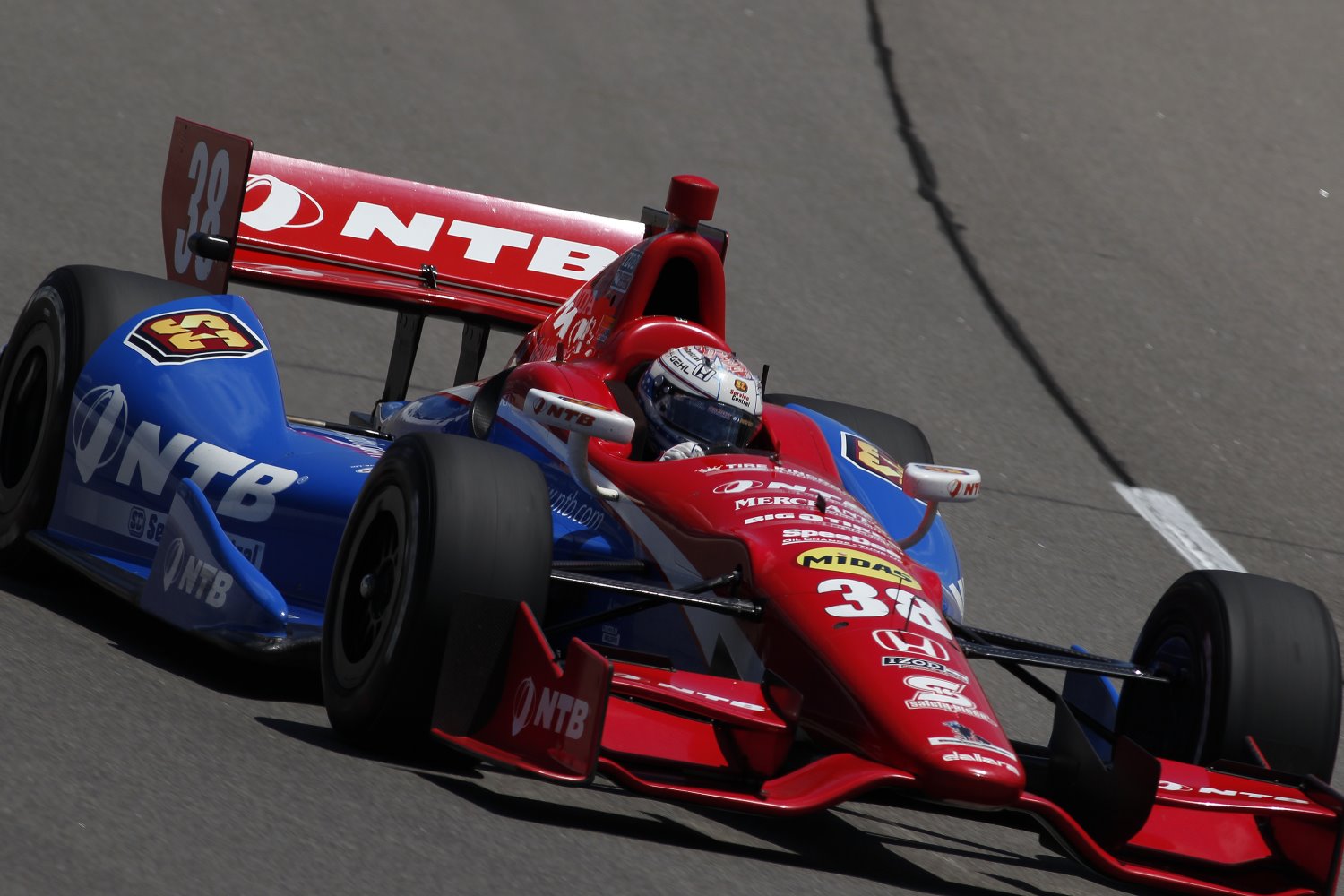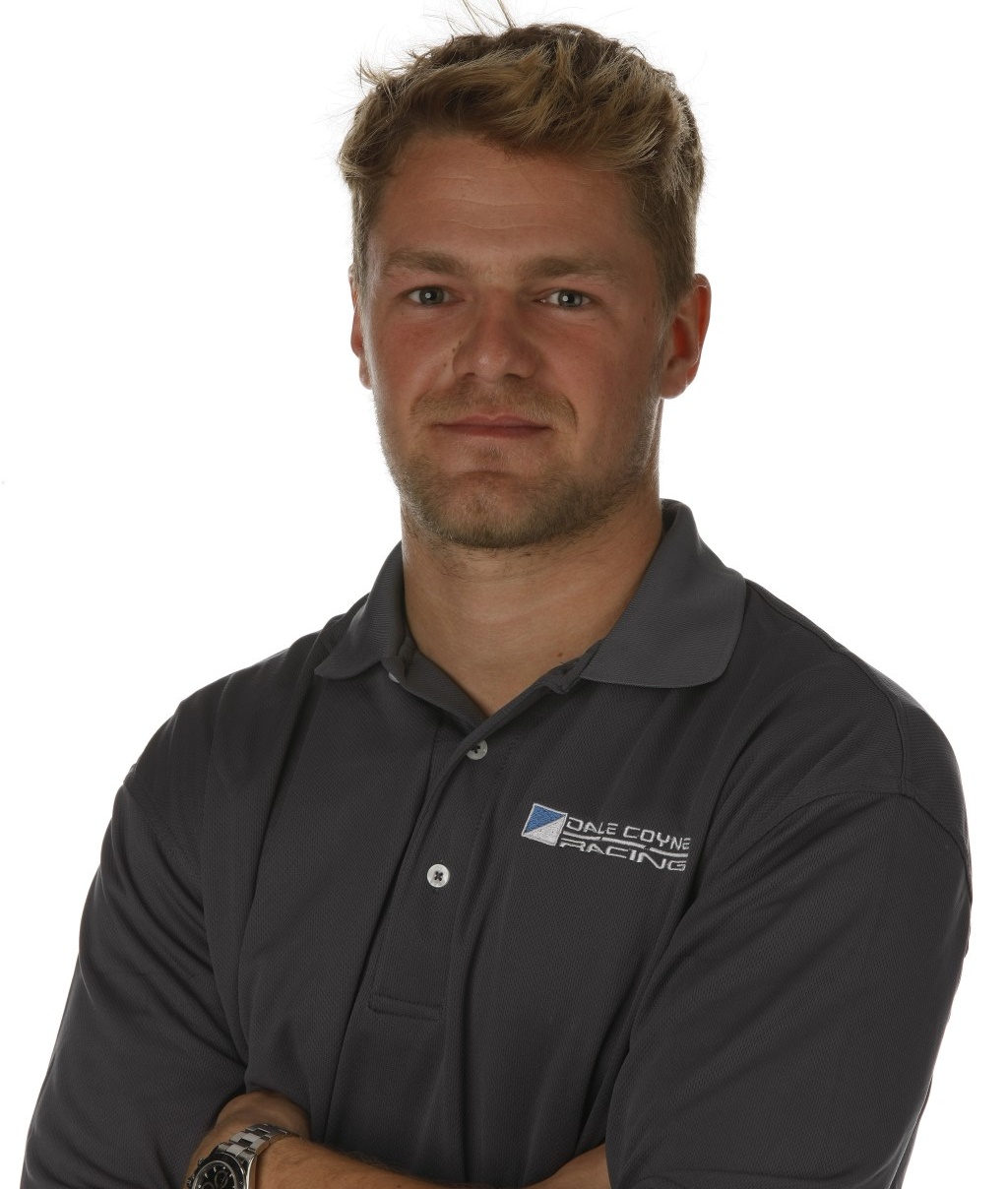Ride-Buying isn’t going away anytime soon
 |
| Danica Patrick's good looks and marketing abilities enable her to bring much needed money to any team, but she doesn't get the ride-buyer label because she does possess 'enough talent' to not be a moving chicane on the race track. The ride-buyer label is usually reserved for drivers who bring money but can't drive even a nail. |
“Look, we’re all paying our way somehow," were the words of an Izod IndyCar Series driver a few years ago during the Mid-Ohio IndyCar weekend. The driver, who was not speaking on the record, and will thus remain unnamed, was talking with a small group of people, of which I was a part.
Frustrated after a less than inspiring session, the driver was doing his or her best to maintain a good face. However, someone in the immediate area, who I presume was a guest of the team/driver's sponsor, asked a rather poorly timed question. This person, who seemingly had not been watching timing and scoring during the previous session asked about the prevalence of pay-drivers or “ride-buyers," in the IndyCar Series. Of course, we all know how what the driver's, very polite yet firm response was.
Shortly thereafter, the conversation awkwardly transitioned to more mundane topics, which I don’t vividly recall. Still, the comment of the driver and the manner in which it was said, did stick with me. And I was reminded of this conversation last week when reading my colleague Stephen Cox's article.
Now, Cox's article was not specifically about "ride-buying," per se. Rather, Cox's piece objected to the prevailing wisdom, or as he called it "propaganda," that some drivers "deserve," rides at the top level, while others like say Milka Duno and Shigeaki Hattori do not, because well, they bought them. To Cox, the matter is simple: those drivers met whatever minimum qualifying standard was in place at the time. Thus, the notion of others projecting personal opinion as to who is fit or unfit is irrelevant.
However, what is relevant is something Cox alluded to, albeit indirectly. Generally speaking, we don't like "ride-buying." Certainly, on the surface, the practice seems a rather unsavory one. In an ideal world, teams would hire the best available drivers based on merit, and not whoever can bring the biggest check, or who has the wealthier daddy. Further, you often hear analogies to other sports, such as "Derek Jeter isn't the New York Yankees shortstop because he has backing from a sponsor."
While I understand that position, it neglects the salient point made by the driver at Mid-Ohio: everyone is paying their way somehow. "Ride-buying" is a reality of racing; a complicated reality that exists at all levels; a complicated reality that likely will not change until the sport's economics change.
Now, it is as we shall see, a reality that is not necessarily bad. Certainly, the term "ride-buyer" as used in the vernacular has a less than sterling stigma. But as the driver at Mid-Ohio pointed out: all drivers, even the most talented ones, buy their ride somehow. As Cox pointed out, it is seemingly only a choice few, we reserve the dreaded "ride-buyer" label for.
To begin, it should be noted that racing differs drastically from other sports in that it is incredibly dependent on corporate sponsorship. The resources necessary, human, technical and otherwise, to make exotic machines travel in excess of 200 miles per hour are vast, and the driver simply one part of the equation. While talent is certainly desirable, it is by no means the only consideration when selecting a driver.
Also, team owners are under no obligation to spend their money in a way that benefits the sport as a whole. After all, team owners have employees to pay, shops to keep open, and a bottom line to consider. While the sport of IndyCar racing would be better served if a team owner hired a young, charismatic American hotshot as opposed to say Duno or Hattori that is not a decision we can make. For whatever reason, in the opinion of their team owners, Duno and Hattori maximized the return on investment relative to whatever other options were at the time available.
Of course, a driver who maximizes return on investment, and a winning driver, can be two entirely different things. For example, 2004 NASCAR champion Kurt Busch, is an incredibly gifted driver. However, his commercial appeal to a team is compromised, as Busch is not considered exactly sponsor/media/fan friendly. Sure, Busch may get a team to Victory Lane. But there is probably just as strong a possibility Busch may drop an f-bomb or 47 during a post-race interview. In short, Busch's personal shortcomings mitigate the appeal of his supreme talent, as no sponsor wants someone dropping f-bombs while wearing their insignia.
And the past two seasons, top-level teams have stayed away from Busch. Apparently, hiring Kurt Busch does not make economic sense to top-level team owners. However, hiring someone of lesser talent does.
For example, Dale Earnhardt, Jr. is a fine driver, a race-winning driver, but from a talent standpoint, not on the same level as Busch. Yet, Junior is with the sport's best team, Hendrick Motorsports, while Busch currently drives for a smaller one-car operation, Furniture Row Racing. Why?
Well, Earnhardt is incredibly more savvy with sponsors and media than Busch. Whether valid or entirely contrived, fans love his "regular guy you want to go fishing and have a beer with," persona. Heck, even when Earnhardt makes mistakes, such as swearing on camera, he is by and large forgiven. Busch is not.
While Busch is the better driver, Earnhardt is more charismatic, likable and overall more appealing to a team owner. Clearly, Earnhardt's appeal to sponsors, popularity and overall ability to maximize the bottom line was a factor in obtaining his ride. The same can be said of Danica Patrick.
Of course, Earnhardt or Patrick are never called a ride buyer. However, they have essentially parlayed their marketing savvy and likable persona into a premier ride. Sure, Earnhardt did not physically bring a check with him to Hendrick Motorsports, nor did Patrick physically bring a check to Stewart-Haas Racing. However, their marketing potential allows Hendrick and Stewart to secure significant backing. And as the driver at Mid-Ohio would tell you, Earnhardt and Patrick have paid their way "somehow."
Ironically, so has Busch. See, if Busch was a lousy or even average driver in addition to being incredibly unpleasant, he would have no place in the sport. However, Busch's supreme talent "buys" him numerous chances, albeit with lesser teams. Yes, "somehow," Busch has paid for his ride.
Another point people never consider is there are actually many drivers who directly obtain funding, who no one attributes the dreaded "ride-buyer" label to. I'll give you an IndyCar example: Graham Rahal.
Yes, if you go back to 2010, a then 21-year old Rahal endured a miserable season. Having lost his full-time gig with Newman/Haas after 2009, Rahal spent 2010 bouncing between four different teams, competing in only 12 of 17 IndyCar events, scoring a best finish of 5th at Toronto.
To his credit, Rahal did not bemoan his situation, or tell the world he was getting a raw deal. He didn't point to a lesser regarded driver on the grid at the time, such as Duno, and proclaim some travesty of justice. Nor did he attempt to rely on his royal status within the sport, as the son of three-time CART champion and current IndyCar team owner Bobby Rahal.
Rather, young Rahal took the steps necessary to insure such a situation would not happen again. He knocked on doors, made phone calls, and ultimately fostered a relationship with TBC Retail Group, the parent company of Service Central, Big O Tires, and Midas amongst others. With TBC backing Rahal secured a full-time drive in 2011 with Chip Ganassi. Of course, Rahal will move to father Bobby's team in 2013, with TBC Retail following.
So, does this make Graham Rahal a ride-buyer? Certainly, Rahal does not fit the ride-buyer prototype, as his capability behind the wheel is well-regarded. Yet it is also certain Rahal's backing is a factor in him having a ride. Arguably, without the support of TBC Retail, Rahal would not have a full-time ride and be subject to bouncing around like he did in 2010.
Now, I say this not to undermine Rahal. If anything, I believe he should be commended for beating the bushes to essentially insure he would have a place in the sport. And I've heard many a driver over the years bemoan their inability to secure a seat due to lack of funding. However, Rahal is really no more or less of a ride-buyer than say Duno or Hattori. We simply don't attach the dreaded label or stigma to Rahal because we believe his talent warrants his place on the grid.
 |
| Graham Rahal |
However, it cannot be denied that if Rahal did not secure funding on his own, there is a significant possibility he would not have a full-time drive. And that is why followers of the sport who decry the practice often misplace their anger. As stated earlier, they are willing to trash Duno or Hattori, and give them demeaning nicknames. But the reality is, who can really blame the drivers? They are simply parlaying their resources into competing in a world class competition, something most of us could only dream of.
Of course, because resources are so important in racing, more talented drivers often are passed over for lesser talented ones. While as outlined earlier, "ride-buying," is a clear reality in racing, all of us would likely agree that we would want to reach a point where teams hire the best drivers available. Certainly, the preference would be to keep the number of Dunos and Hattoris to a minimum. For this to occur, one and/or two things must happen.
 |
| IndyCar driver James Jakes gets the ride-buyer label perhaps unfairly. His performance on the track has been very good at times in arguably not the best equipment on the grid. |
First, teams must do a better job securing their own sponsorship. This is of course, a chicken/egg type deal. To secure backing, it helps for a team to have a track record of success. To have success, a team usually has to hire a good driver. If a team is dependent on "ride-buyers," it's chances of success diminish greatly, and they will by and large be consigned to being "field fillers." Further, they exacerbate the notion that they are well, "field fillers."
However, any look at the history of the sport shows teams that can pick and choose their drivers are going to be the most successful. For example, and this is just one, Chip Ganassi's team has enjoyed the backing of corporate behemoth Target for over twenty years. While drivers have come and gone, the red Target cars have remained fixtures in Victory Lane.
And while Ganassi's team is a behemoth, there are examples of smaller teams securing their own funding and maximizing their changes for success. Bryan Herta Autosport with Curb/Agajanian could have sought a funded driver, for their 2011 Indianapolis 500 entry. However, the team chose to secure sponsorship on their own, which allowed them to hire the best available driver for that race, Dan Wheldon. The late Wheldon, of course dramatically won the race after lap-199 leader J.R. Hildebrand crashed just before the checkered flag.
The second way to deter "ride-buying" would need to come from the sanctioning organizations. IndyCar, for one, has done a better job in recent years getting the standouts from their ladder series into the top level by creating incentives for teams hiring Indy Lights champions. Granted, its a very small step, but an important one that has shown a commitment to the ladder system, and provided a merit-based award.
In the meantime, however, teams have employees to pay, parts to purchase, damaged cars to repair, testing they want to do, and not as much free cash flow as they once did. I imagine when push comes to shove, drivers with backing are going to have better chances of finding their way to the grid of whatever series they choose to compete. They would be best served heeding the wisdom of young Rahal, Earnhardt, Jr., and an unnamed driver at Mid-Ohio from a few years back.
Yes, whether we like it or not, they all pay their way "somehow."
Brian Carroccio is an IndyCar columnist for AutoRacing1.com. He grew up around racing as the son of a longtime SCCA crewman. His first vivid memory of Indy car racing is Danny Sullivan’s 1985 “Spin and Win," at Indianapolis. Brian lives in Rockville, MD.
As a lifelong fan of the Washington Redskins his favorite colors are burgundy and gold. He is also a passionate supporter of Manchester United.
For witty insight on our beloved sport of Indy car racing, and thoughts on other topics of interest to Brian, you can follow him on Twitter @BrianC_AR1.
